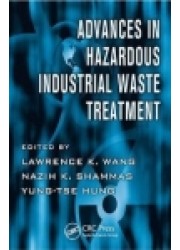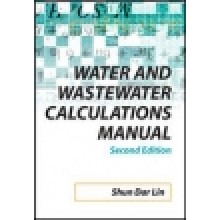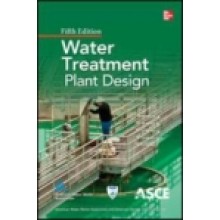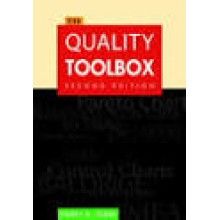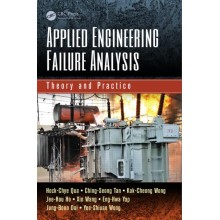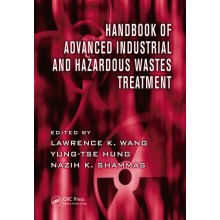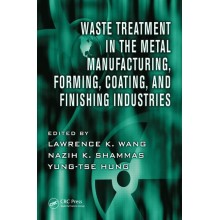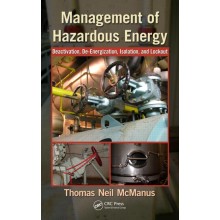Advances in Hazardous Industrial Waste Treatment
Our Price: £91.80
Discount : 10%
Quantity:
-
Add to Compare
As the global nature of pollution becomes increasingly obvious, successful hazardous waste treatment programs must take a total environmental control approach that encompasses all areas of pollution control. With its focus on new developments in innovative and alternative environmental technology, design criteria, effluent standards, managerial decision methodology, and regional and global environmental conservation, Advance in Hazardous Industrial Waste Treatment provides the widest possible coverage drawn from the full spectrum of experts in the field
The volume covers environmental pollution sources, waste characteristics, control technologies, management strategies, facility innovations, process alternatives, costs, case histories, and effluent standards in industry. It delineates methods, technologies, and the regional and global effects of important pollution control practices. Chapters highlight innovative and alternative technologies, design criteria, managerial decision making, and regional and global environmental conservation specific to industrial hazardous wastes. They feature examples of major industrial hazardous pollutants that have significant effects on the environment, as well as extensive bibliographies for each industrial waste treatment practice that point to sources of further information.
Since the field of industrial hazardous waste treatment is very broad, no one can claim to be an expert in all industries. Therefore, editors Wang, Shammas, and Hung draw on collective contributions that reflect the depth and breadth of the field, making the resulting handbook the best available reference on chemical and environmental engineering for industrial hazardous waste treatment. They provide technical and economical information on the development of the most feasible total environmental control programs that can benefit industries and local municipalities.
Features
- Provides all the necessary technical information on industrial and hazardous waste treatment
- Presents broad coverage of basic and advanced principals and applications
- Explores new methods of clean production and waste minimization
- Includes a copious amount of figures, tables, examples, and case histories
Contents
Chapter 1: Characteristics of Industrial Hazardous Wastes
Chapter 2: Soil Remediation
Chapter 3: Remediation of Soils Contaminated with Metals
Chapter 4: Treatment of Wastes from Metal Finishing Industry
Chapter 5: Leachate Treatment Using Bioremediation
Chapter 6: Remediation of Sites Contaminated by Hazardous Wastes
Chapter 7: Enzymatic Removal of Aqueous Pentachorophenol
Chapter 8: Remediation of Sites Contaminated by Underground Storage
Chapter 9: Biological Treatment Processes for Urea and Formaldehyde
Chapter 10: Hazardous Waste Deep-Well Injection
Chapter 11: Waste Treatment in the Pupl and Paper Industry
Chaptert 12: Treatment of Nockel-Chrominium Plating Waste
Index
Write a review
Your Name:Your Review: Note: HTML is not translated!
Rating: Bad Good
Enter the code in the box below:
Copyright © 2014 Engineering Standards Bureau. All Rights Reserved.
Developed By Zoom Into Web


